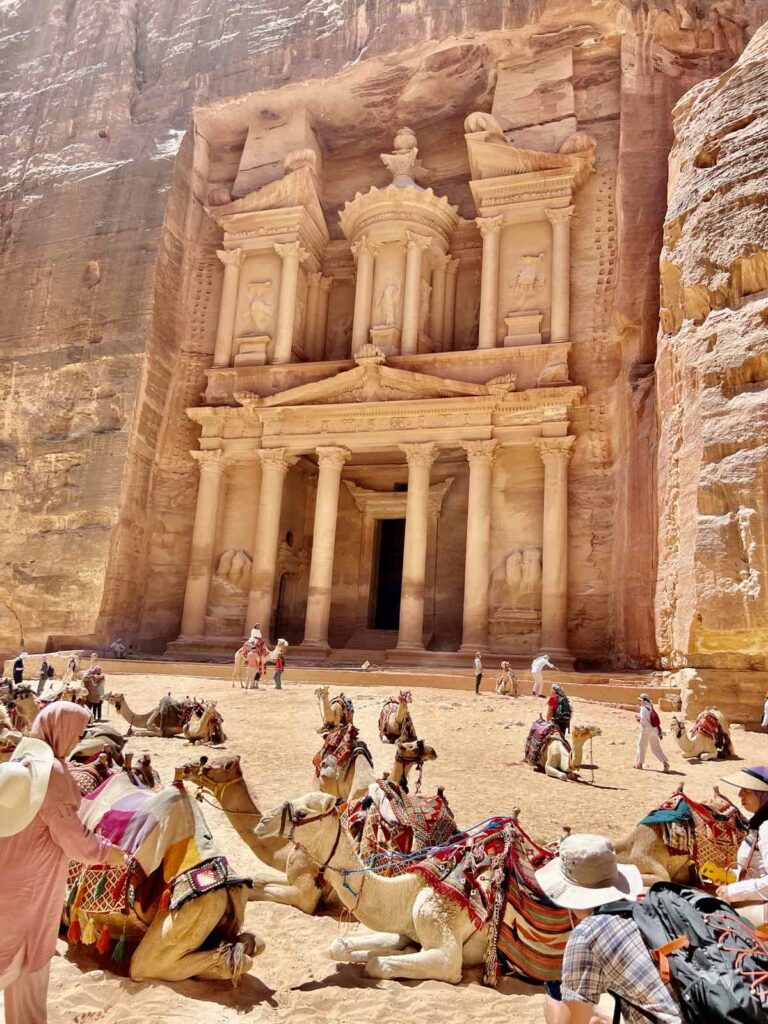How times have changed!
Some decades ago, on my initial visit to Petra, Jordan, I distinctly remember I ambled through the siq — a mile-or-so-long narrow opening in between gorges and cliffs — trekking the rough dirt road without any difficulties. And as we approached our holy grail of the trip, our paced walk became faster and faster in cadence, until we gleaned a tiny crack within the path ahead — which led us to the breathtaking view of the stunning Treasury.
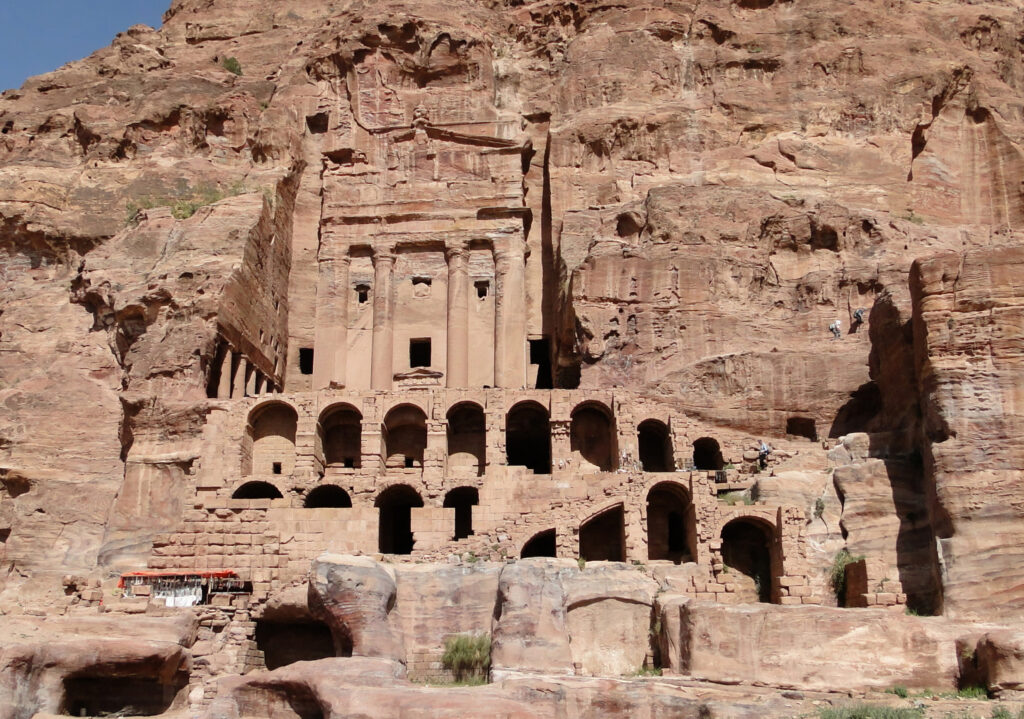
Today, my travelling companions and I — all seniors, some more nimble than others, but everyone in high spirits — succumbed to the tempting offer of boarding a redesigned golf cart, in exchange for the once-upon-a-time attractive challenge of an adventurous hike. Though we now struggled with walking on uneven terrain, we were cheered by everyone on their way back — to believe them that it’s all worth it. But not when balance may be a problem, not to mention our wobbly knees.
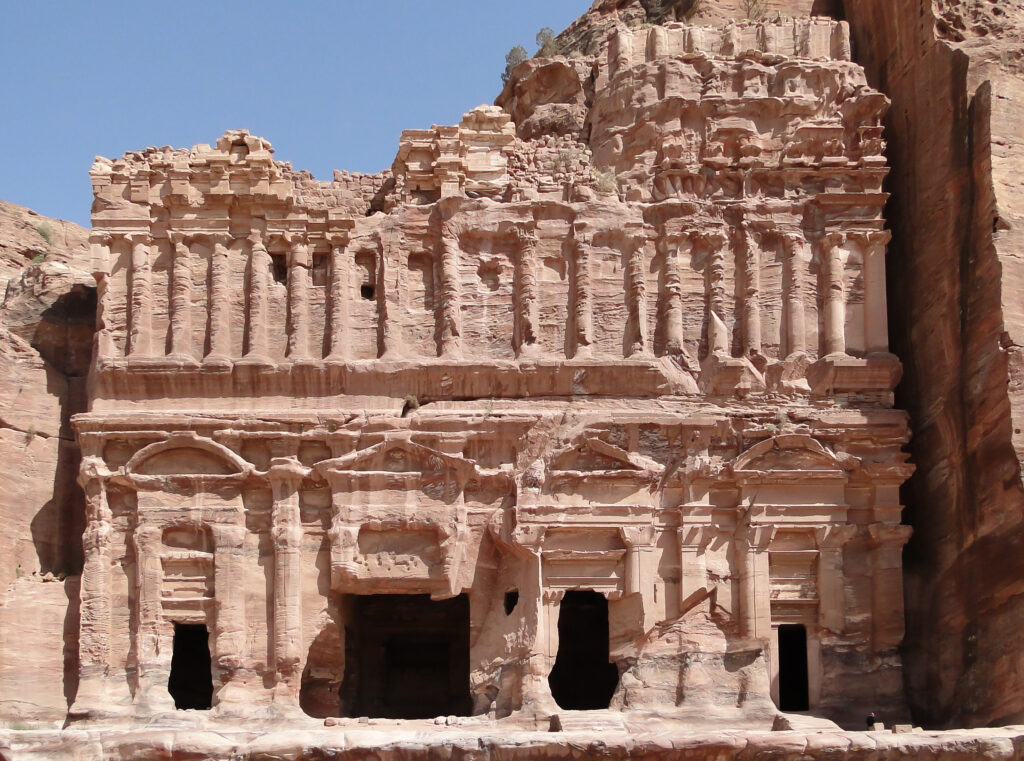
Circling back, it was a sight to behold, similar to how I felt — complete with goosebumps, almost in disbelief — when I first sighted other imposing landmarks around the world. I recall we were instructed to close our eyes, then were led through the bustling crowd. Upon orders to finally peek, in front of our eyes, as our jaws dropped, was the bittersweet Taj Mahal of Agra, India. Another was the Great Wall of China, which slowly greeted us with its immensity as we ascended on a platform.
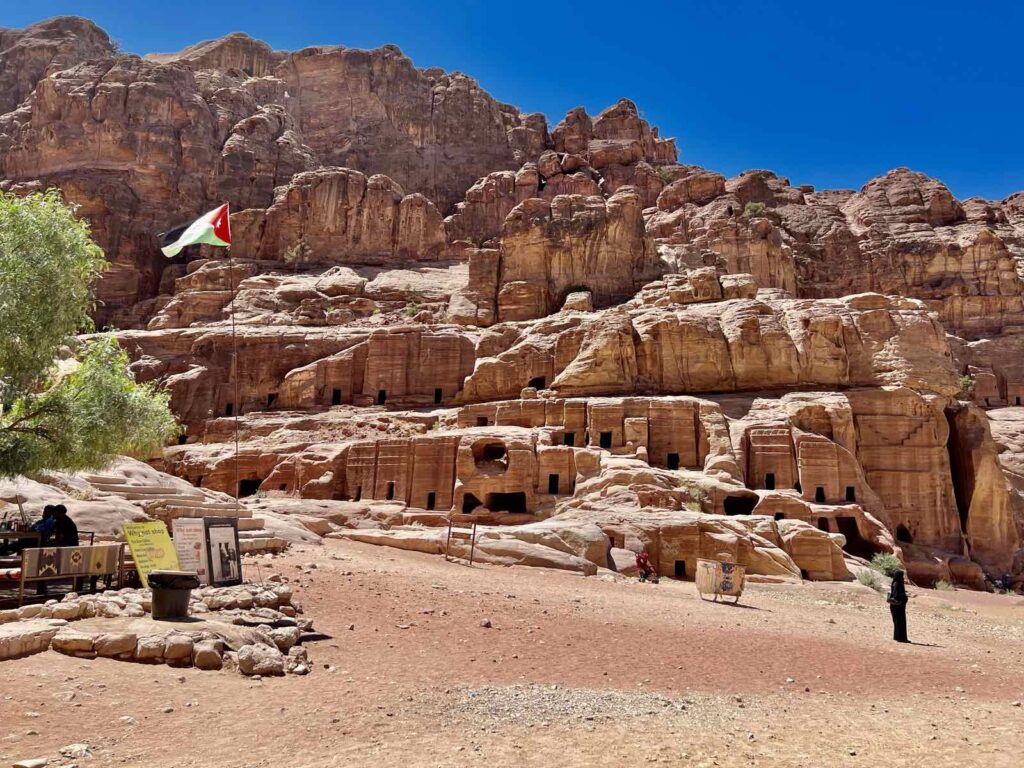
It was the same astonishing feeling when I gazed at the Pyramids of Giza, Egypt, while I slowly sipped on my morning coffee on the veranda of The Sheraton in busy Cairo.
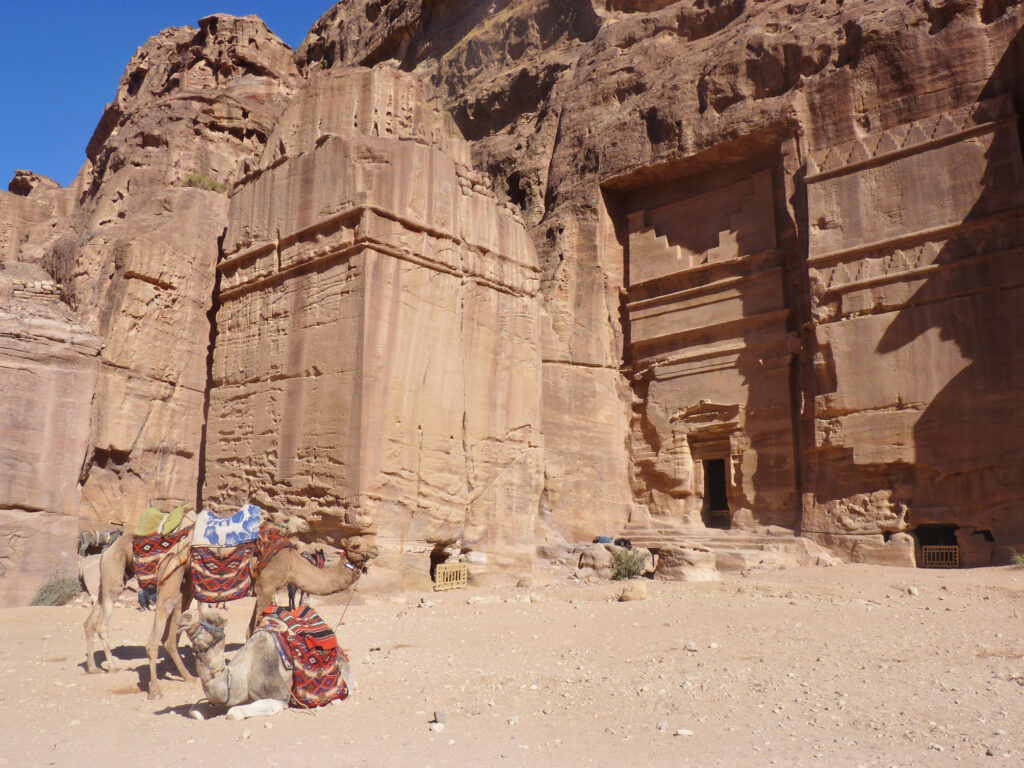
To add to the sterling list — other astounding scenes comprised of the always-looming Christ the Redeemer statue in Rio de Janeiro in Brazil, being greeted by the Sydney Opera House in Australia as I drew the drapes of my hotel room window, or driving in darkness to finally be amazed by the Angkor Wat in Cambodia during sunrise. And let’s not forget our very own steep climb towards the mountains of Sagada and the terrifying chopper ride to showcase the grandeur of the Banaue Rice Terraces to two globally leading travel editors.
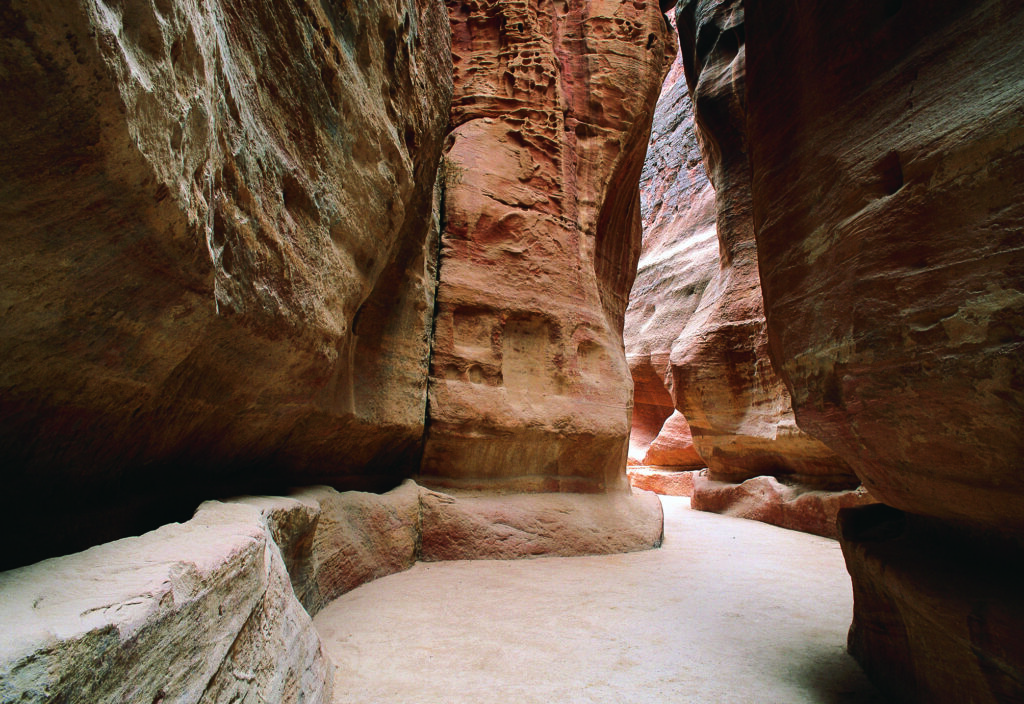
Today, Petra belongs to this exclusive list of revered locales that have taken the breaths away of many a traveler. In fact, it has been designated as a UNESCO World Heritage Site and is now included as one of the New Seven Wonders of the World.
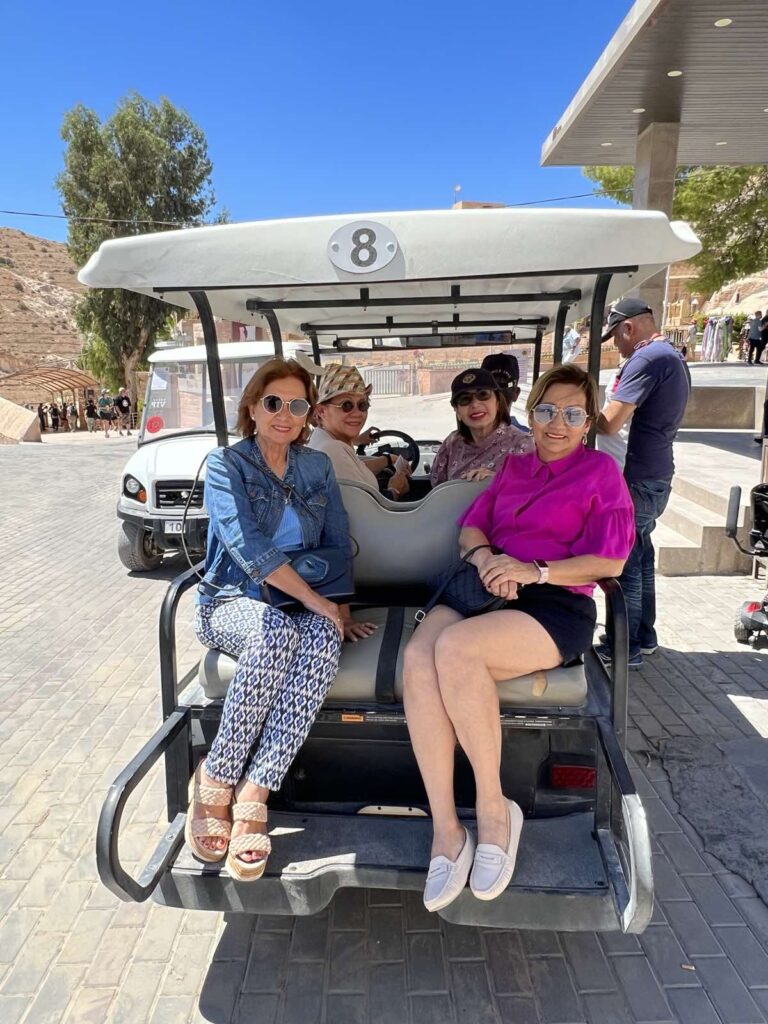
A three-hour drive from the capital Amman, Petra served as a link for camel caravans between the Mediterranean and Arabian seas, and connected Egypt, Syria and Greece together as part of the Spice Route.
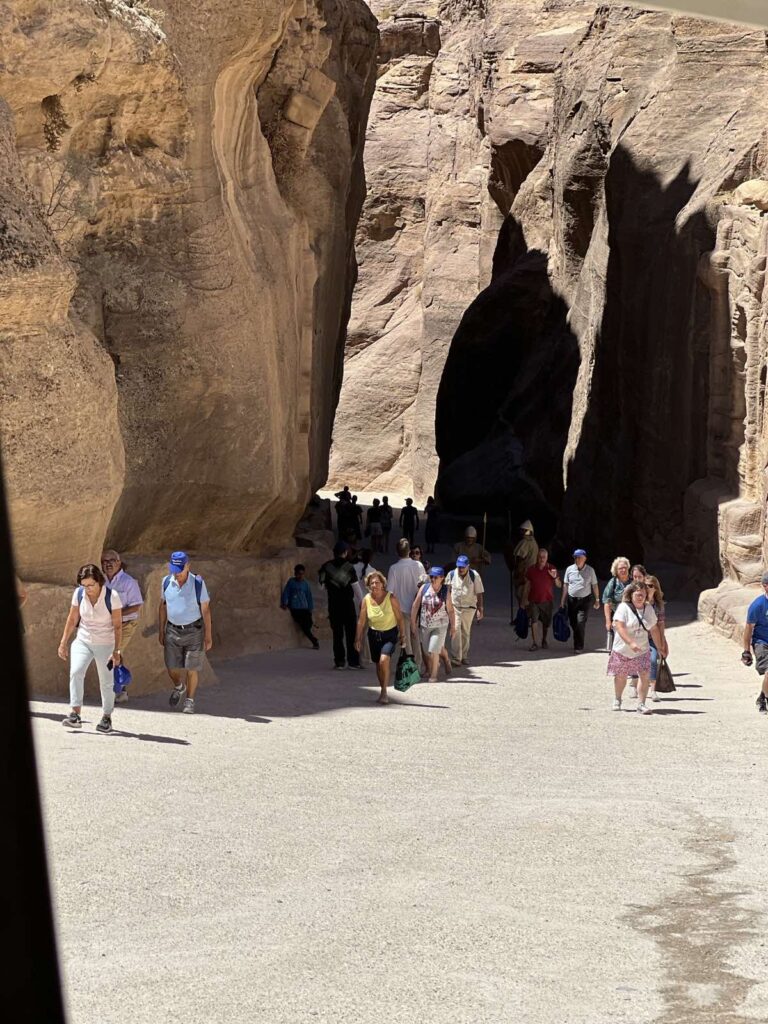
Through the centuries, this area has been covered up once again by sand and forgotten to the Western world — that is, until 1812. Swiss explorer Johann Ludwig Burckhardt, on his way to Cairo, heard rumors of the biblical tomb of Aaron, the brother of Moses. His search led him to the ancient Nabataean city we now know as Petra.
However, archaeologists claim that less than half of the complex has been discovered — with new information and breakthroughs every now and then.
Called the Rose City, it is popular due to the color of sandstone, from which the entire zone was carved. Be warned that the hue changes due to the light of the sun. At noon, it is pinker, but in the afternoon heat, it turns redder.
Discover these five jewels tucked away in Petra:
The Gateway: The Siq
A natural geological fault, this pathway was reportedly created by tectonic forces of nature and was later shaped by the natural flow of water. It serves as the gate for Petra proper, its dim and narrow nature is ideal as shade from the blistering heat of the sun, all while providing space for the wind to blow inwards. Along its sides are underground chambers, which are believed to be guardhouses to protect the city from invaders. Try to spot two figures of merchants and their camels along the road!
The Treasury: The Al-Khazneh
The Treasury of the Pharaoh, the main attraction in the enchanting expanse, is expertly carved out of sandstone. Today, it is believed that this structure was built as a mausoleum for the Nabataean royalty.
We heard whispers that an Egyptian Pharaoh and his armies, who escaped the closing of the Red Sea, created this facade so they could rest and hide their treasures — as they continued their search for Moses and the Hebrews, freed from slavery, on their way to the Promised Land.
The Caves: Street of Facades
Just a stone’s throw away from The Treasury, this opens up to the Street of Facades. We laid our eyes on houses and tombs built into sandstone mountains cave-style, which experts believe were the final resting places of distinguished persons of honor.
The Crypts: The Royal Tombs
Another eerie yet majestic terminus was the Royal Tombs. We soon found out this was a series of carved vaults, which had Nabataean nobility. Originally made for King Malichus II, who supported Roman Emperor Titus crush a rebellion in 66AD, it was converted into a church after 400 years. However, in time, it was then turned into tombs.
The Trade: Bedouin Shops
Nearby are a colony of traders, all in their own Bedouin tents, each with their specialties. We haggled for clothing, pottery and crafted items passed on from generation to generation as keepsakes of our travels.
There was even a booth where Bedouin tribesmen applied the iconic and historic Kohl eyeliner — an ancient eye makeup — to any willing participant.
Here are our five magical postcards. What’s yours?
